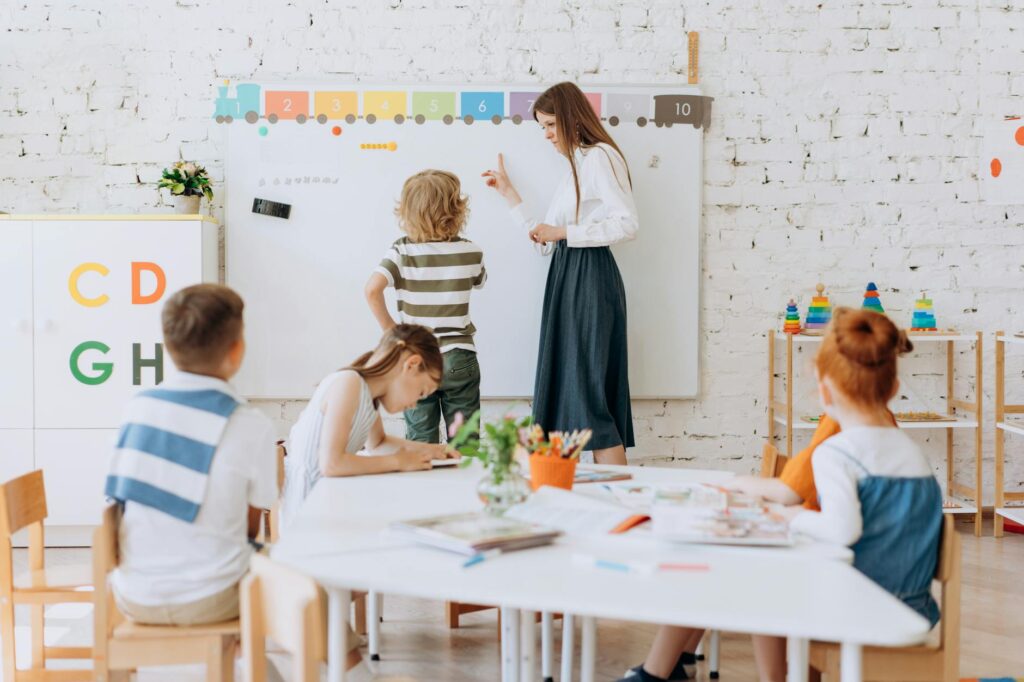What is reciprocal teaching?

What is Reciprocal Teaching?
Reciprocal teaching is an engaging instructional strategy designed to enhance reading comprehension among students. By fostering collaboration and active learning, this approach empowers students to take control of their learning while developing essential comprehension skills. In today’s educational landscape, where understanding complex texts is crucial, reciprocal teaching stands out as a valuable tool for educators aiming to improve student outcomes.
What is Reciprocal Teaching?
At its core, reciprocal teaching is a structured method that combines multiple strategies to improve reading comprehension. This approach was developed to create a dialogue between teachers and students, leading to deeper understanding of texts. By actively involving students in the learning process, reciprocal teaching shifts the focus from teacher-led instruction to collaborative learning experiences.
Historical Background
The concept of reciprocal teaching originated in the 1980s, championed by researchers Annemarie Sullivan Palincsar and Ann L. Brown. Their work aimed to address the challenges students faced while comprehending complex texts. They found that when students were taught to engage in conversations about what they read, their understanding significantly improved. By implementing this method, Palincsar and Brown laid the groundwork for a strategy that would revolutionize reading education.
Key Components of Reciprocal Teaching
Reciprocal teaching is built on four main strategies: predicting, questioning, clarifying, and summarizing. Each component plays a vital role in enhancing students’ comprehension skills:
-
Predicting: Before reading, students make predictions about the text based on its title, headings, and illustrations. This primes their minds for what they are about to read.
-
Questioning: During reading, students ask questions about the content. This prompts them to think critically and seek answers, enhancing their engagement with the material.
-
Clarifying: As students encounter difficult words or concepts, they clarify their understanding by discussing these challenges with their peers. This collaborative effort helps break down barriers to comprehension.
-
Summarizing: After reading, students summarize the main ideas. This reinforces their understanding and allows them to articulate what they have learned.

Photo by Mikhail Nilov
Benefits of Reciprocal Teaching
The advantages of incorporating reciprocal teaching into the classroom are numerous, benefiting both students and educators alike.
Enhanced Comprehension Skills
Reciprocal teaching significantly boosts students’ comprehension skills. By actively engaging with texts, students learn to approach reading with a critical mindset. Research shows that students who participate in reciprocal teaching often outperform their peers in traditional learning settings. The structured dialogue fosters a deeper understanding of the material, making learning more impactful. For more insights, you can explore this article on how reciprocal teaching enhances academic achievement.
Collaboration and Communication
One of the standout features of reciprocal teaching is its emphasis on collaboration. Students work together to navigate complex texts, fostering teamwork and communication skills. This collaborative environment not only enhances comprehension but also builds a sense of community among learners. As students discuss and clarify their thoughts, they develop the confidence to express their ideas and listen to others.
Adaptability Across Subjects
While reciprocal teaching is primarily associated with reading comprehension, it can be effectively applied across various subjects. Whether in science, social studies, or mathematics, the strategies of predicting, questioning, clarifying, and summarizing can enhance understanding in diverse contexts. This versatility makes reciprocal teaching an invaluable tool for educators aiming to improve learning outcomes across the curriculum.
Implementing Reciprocal Teaching in the Classroom
To maximize the benefits of reciprocal teaching, educators must thoughtfully implement this strategy into their lessons.
Preparing Students for Reciprocal Teaching
Before diving into reciprocal teaching, it’s essential to prepare students. Introducing the four strategies clearly will help them understand the process. Role-playing exercises and modeling the strategies can make students feel more comfortable. Providing ample opportunities for practice will build their confidence and proficiency.
Creating a Supportive Learning Environment
A supportive classroom atmosphere is crucial for successful reciprocal teaching. Encouraging open dialogue and creating a culture of respect allows students to feel safe sharing their thoughts and questions. Setting clear expectations and norms for discussions can help maintain focus and structure during collaborative activities.
Assessing Student Progress
Monitoring student progress is vital to ensure the effectiveness of reciprocal teaching. Educators can use informal assessments, such as observation and student reflections, to gauge understanding. Incorporating self and peer assessments allows students to take ownership of their learning journey and identify areas for improvement.
Conclusion
Reciprocal teaching is a powerful instructional strategy that fosters active engagement and collaboration among students. By focusing on predicting, questioning, clarifying, and summarizing, this approach enhances comprehension and builds essential communication skills. As educators adopt reciprocal teaching in their classrooms, they not only improve student outcomes but also cultivate a supportive learning environment. Embracing this method can transform the educational experience, ensuring that students are equipped with the tools they need to succeed in their academic journey.
For further reading on the benefits and implementation of reciprocal teaching, check out this resource.